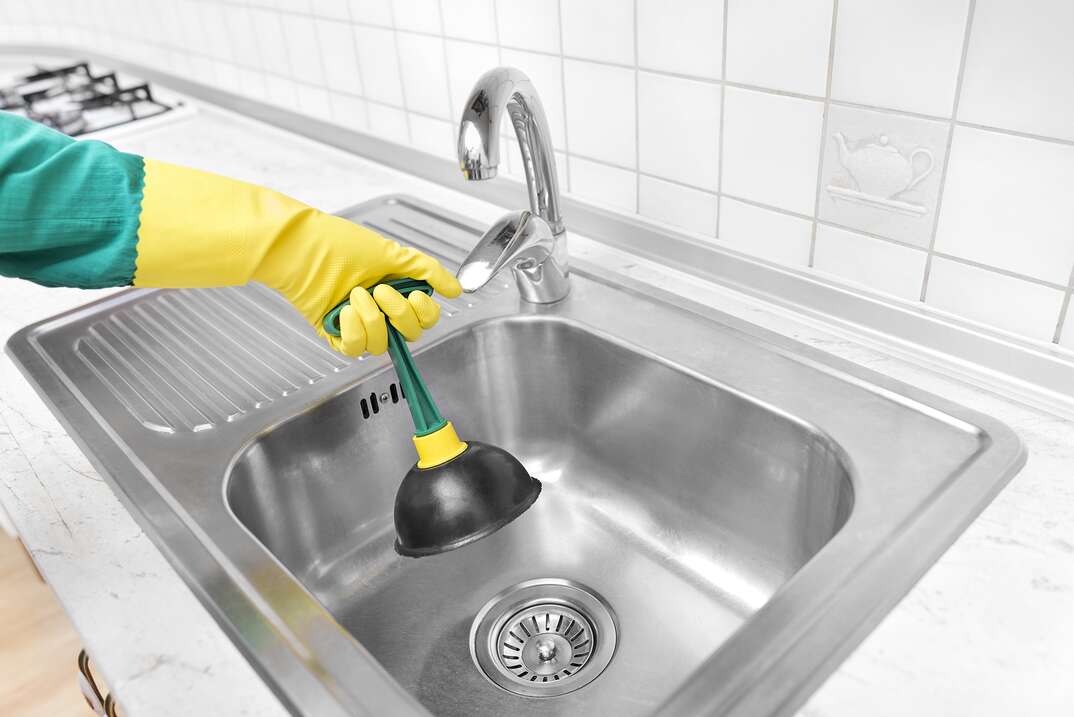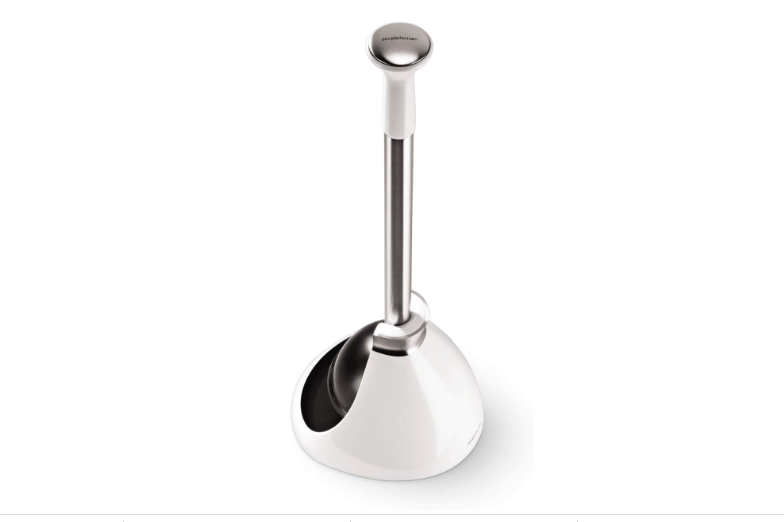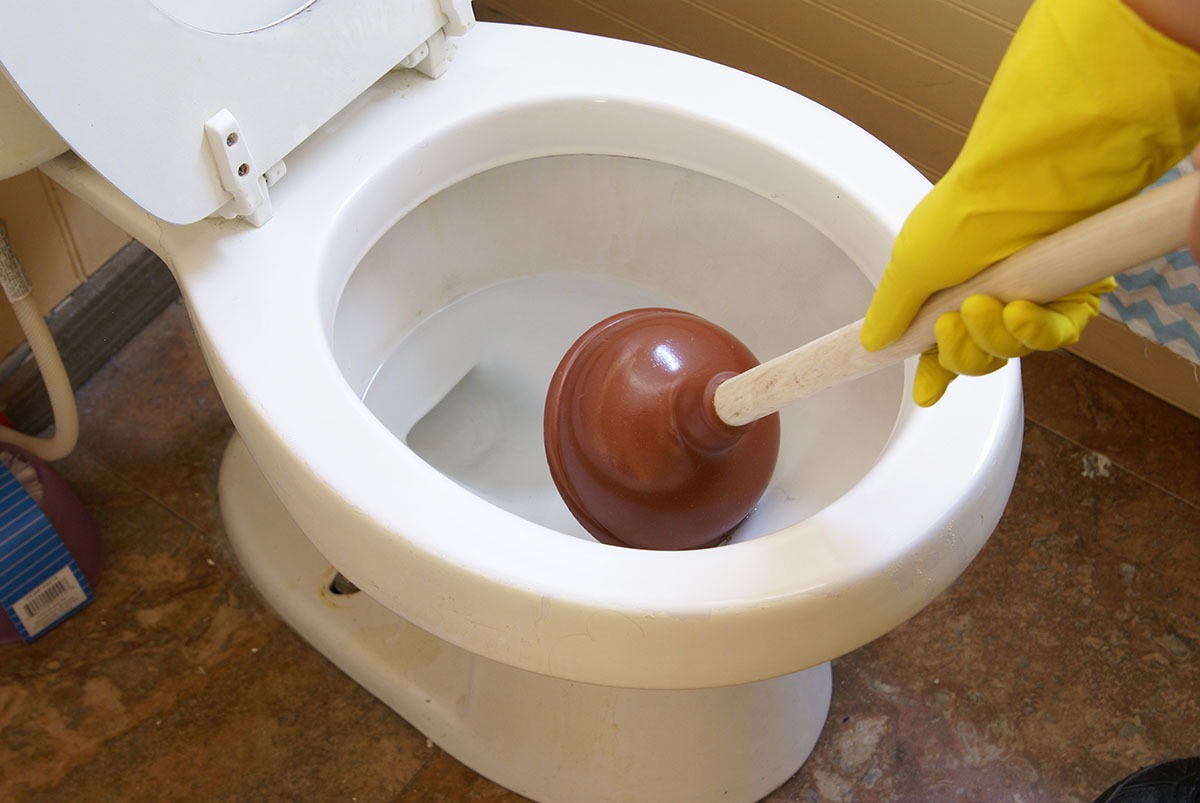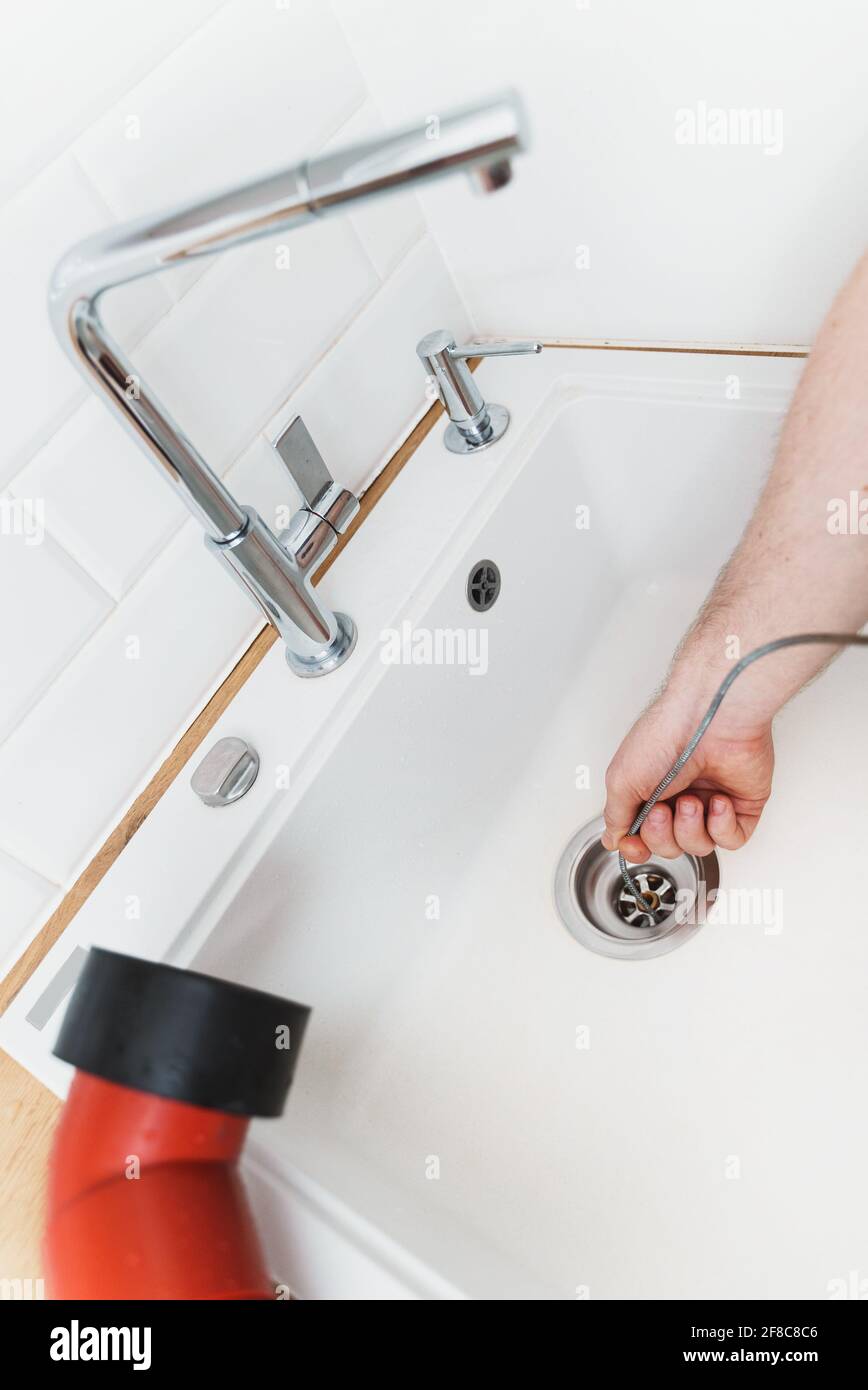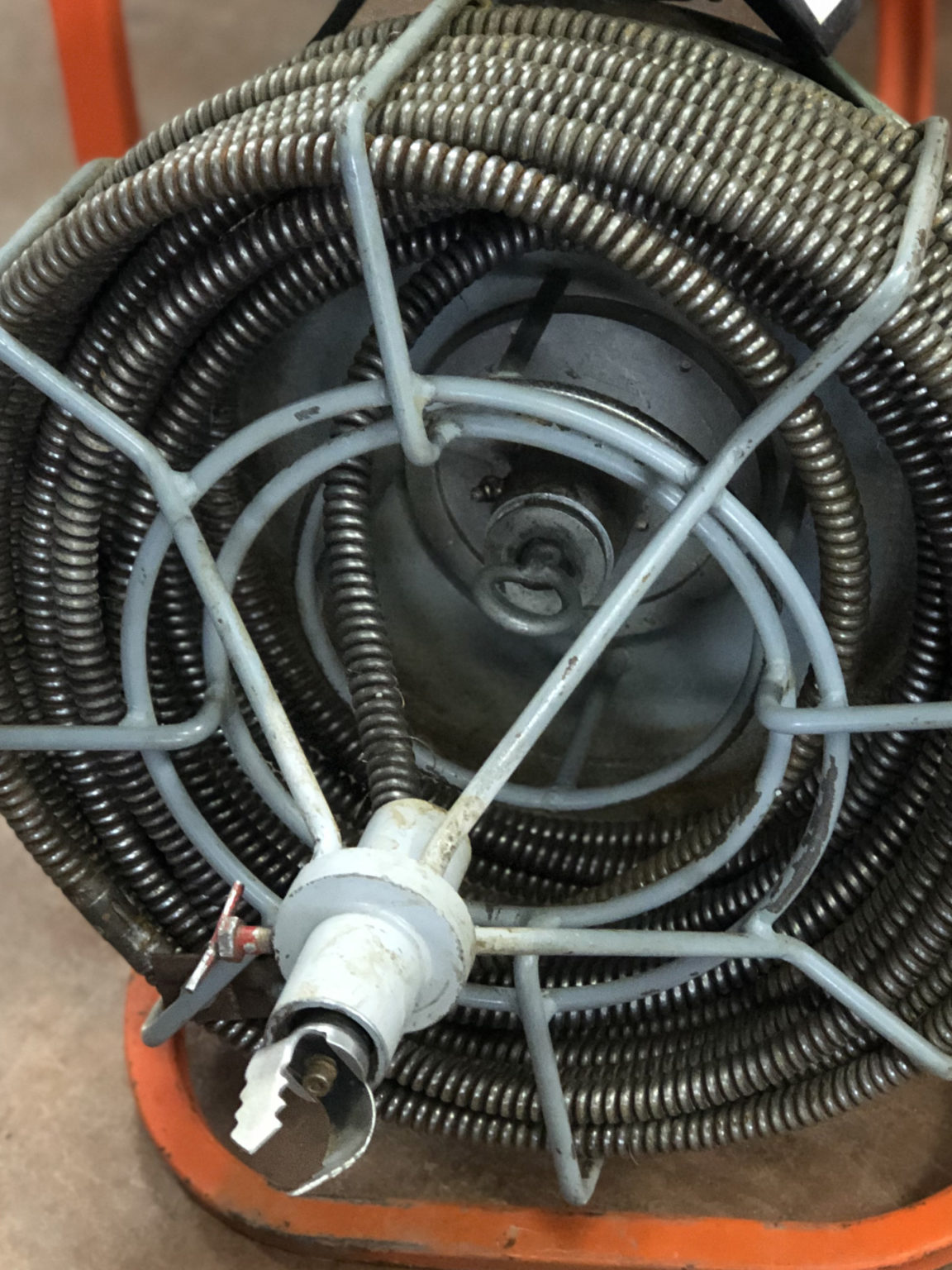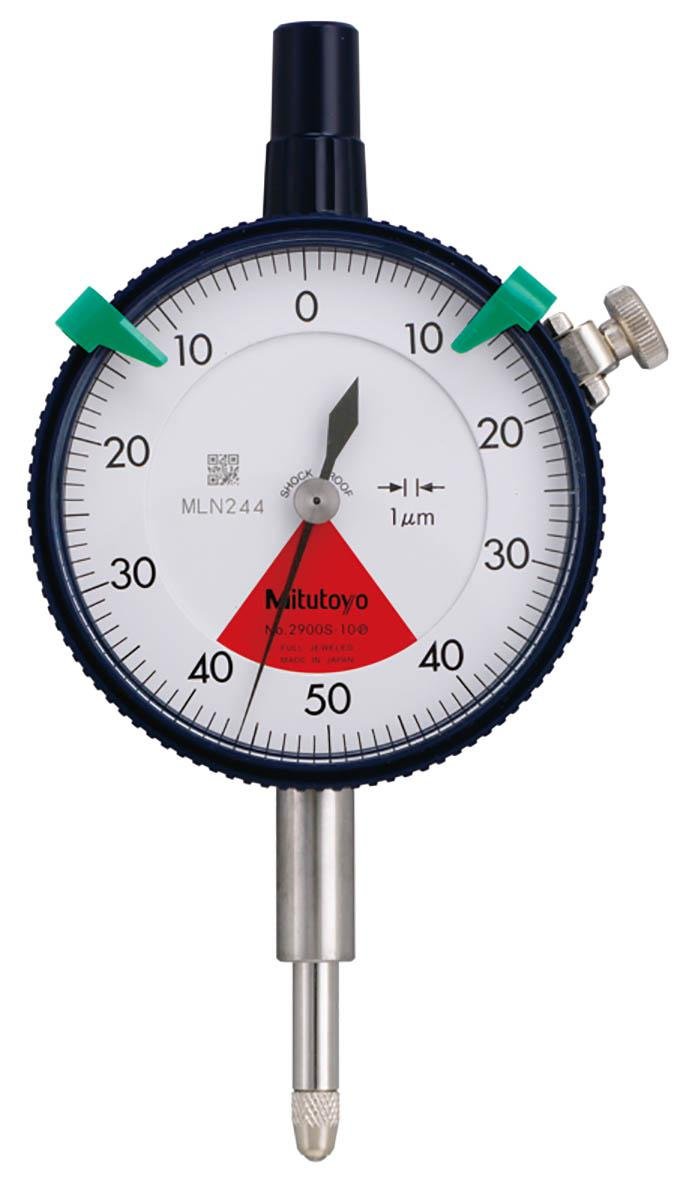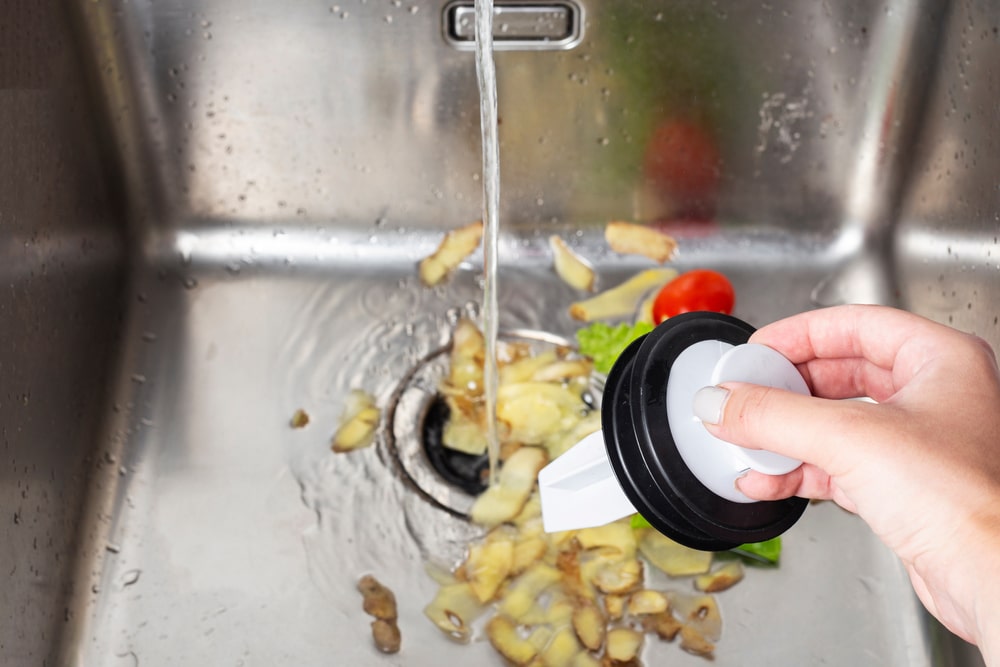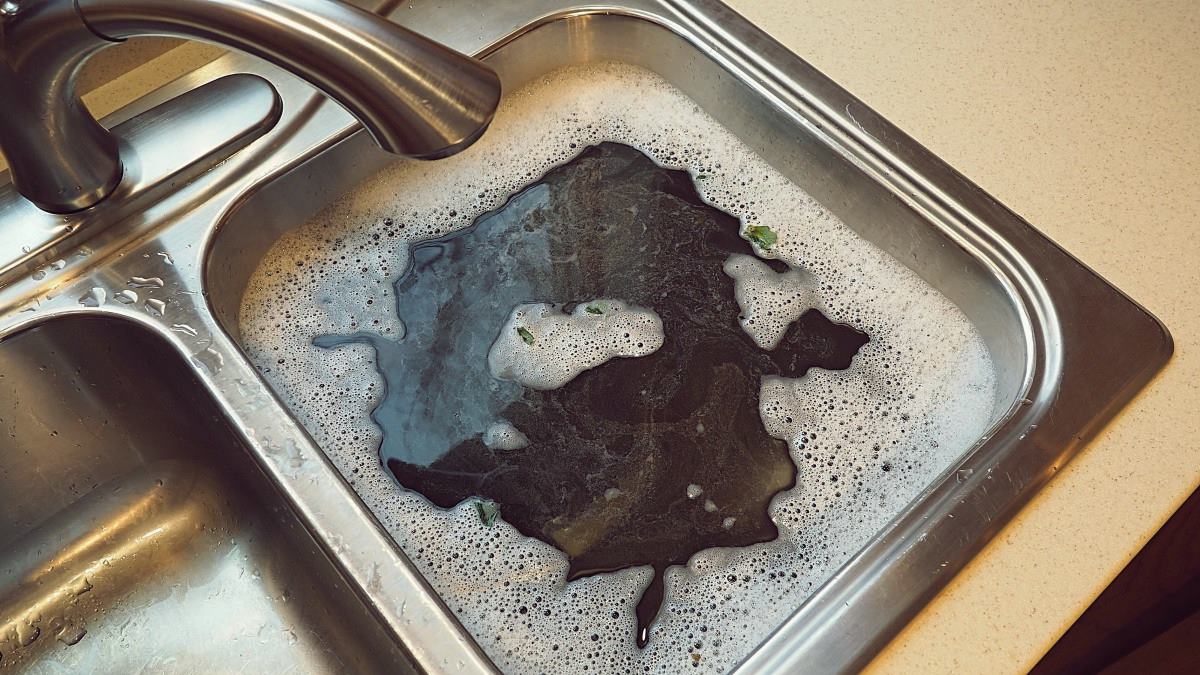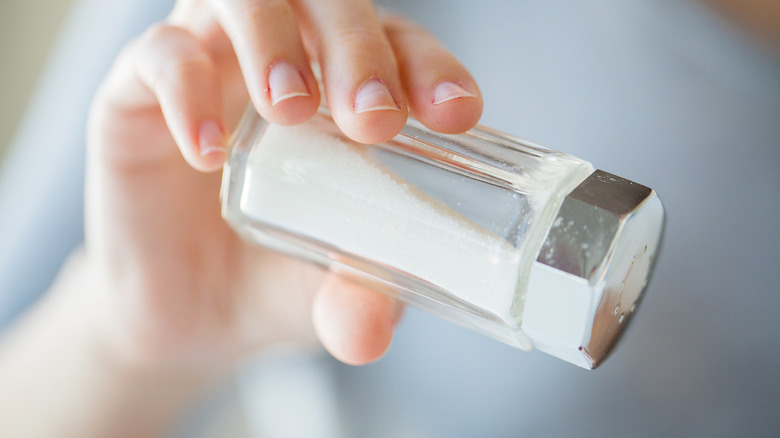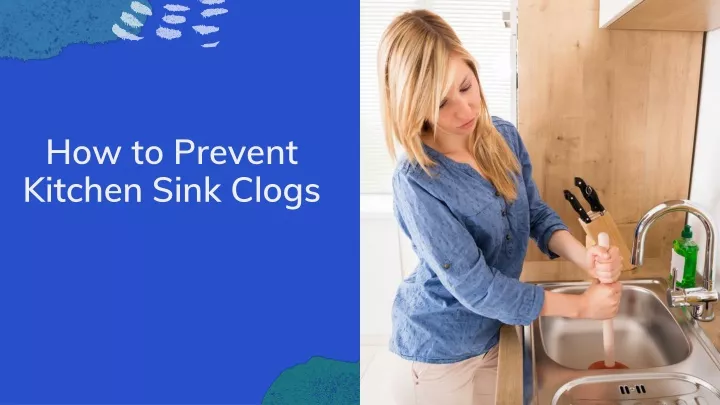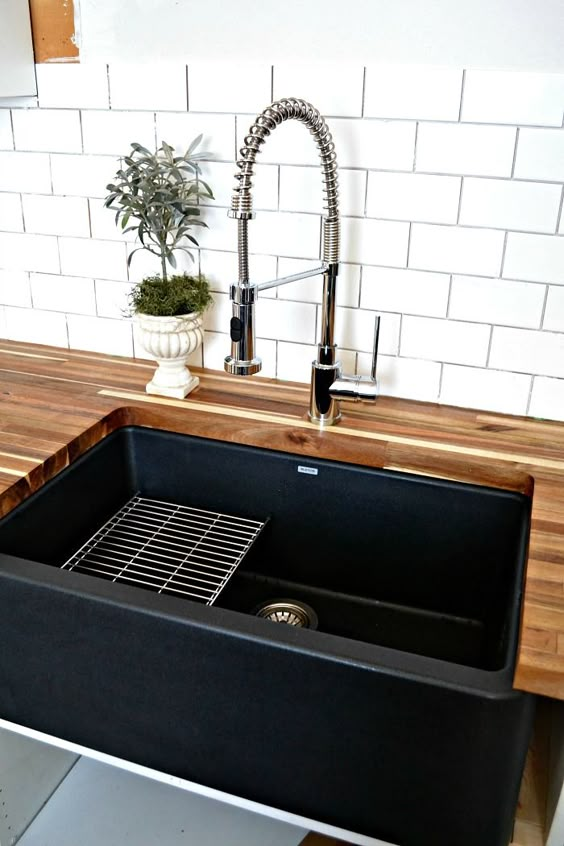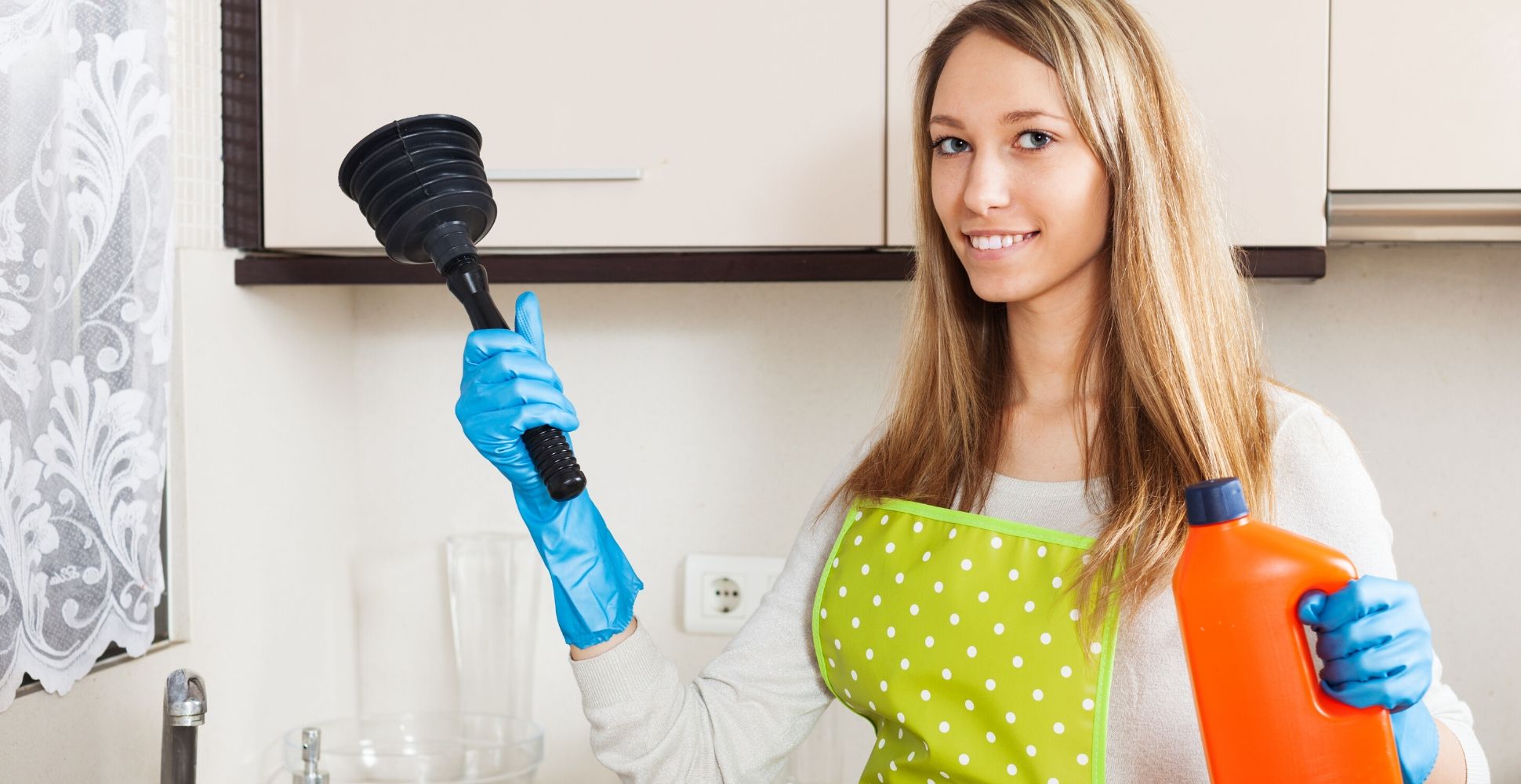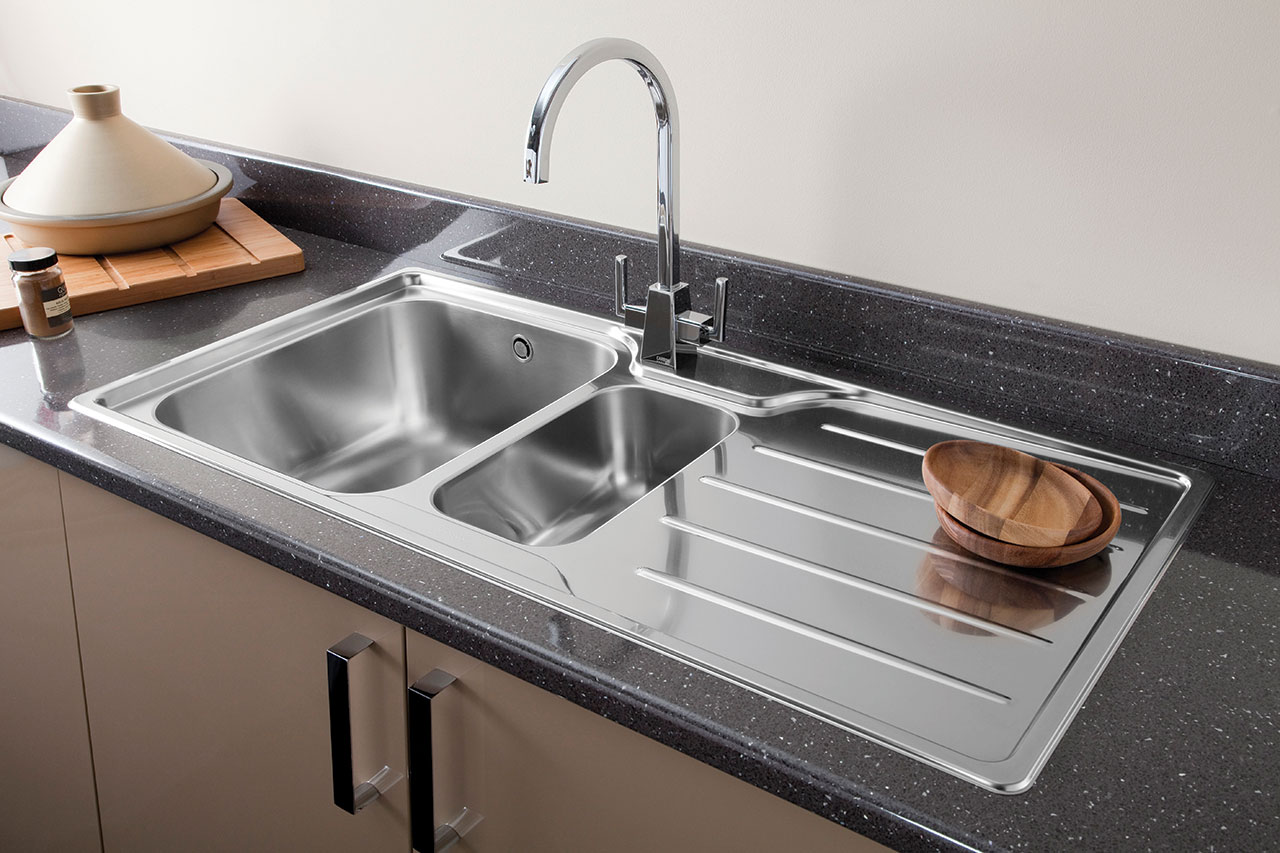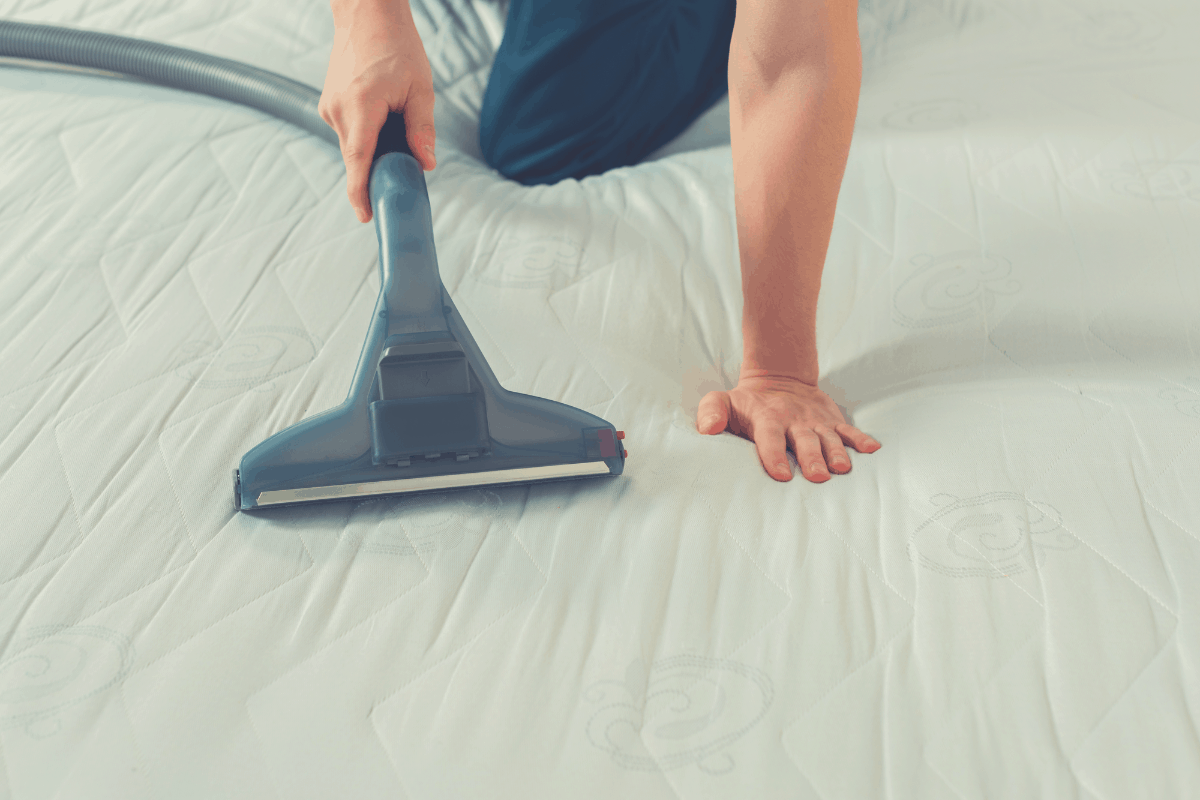If you're dealing with a clogged kitchen sink, you may be wondering if a plunger is a viable solution. The good news is that yes, you can use a plunger in your kitchen sink to clear out stubborn clogs. However, there are a few things you should know before you start plunging away. Here are some tips and tricks to help you effectively use a plunger on your kitchen sink.Using a Plunger in Your Kitchen Sink: Tips and Tricks
Before you begin plunging, you'll want to make sure you have the right tools for the job. A standard cup plunger works best for kitchen sink clogs. Make sure it has a good seal and is able to create suction. You may need to wet the edge of the plunger to help it stick to the sink. Next, fill the sink with a few inches of water. This will help create pressure and dislodge the clog. Then, place the plunger over the drain and push down gently, making sure the rubber cup is fully covering the drain. Slowly pull up on the plunger to create suction, then push down again. Repeat this motion several times, increasing the pressure and speed as needed. If the clog is stubborn, you may need to try plunging from different angles or use more force. Just be careful not to damage your sink or pipes in the process.How to Unclog a Kitchen Sink with a Plunger
When using a plunger on your kitchen sink, there are a few things you should and shouldn't do to ensure success. Do:Plunging Your Kitchen Sink: Dos and Don'ts
If you have a double kitchen sink, you may be wondering if you can still use a plunger to clear out clogs. The answer is yes, but it may require a bit more effort. You will need to cover one drain with a wet cloth or stopper to create a seal, then use the plunger on the other drain. This will help create suction and dislodge the clog. Switch sides and repeat if necessary.Can You Use a Plunger in a Double Kitchen Sink?
Using a plunger to clear out clogs in your kitchen sink has several benefits:The Benefits of Using a Plunger in Your Kitchen Sink
To effectively use a plunger in your kitchen sink, follow these steps:How to Properly Use a Plunger in Your Kitchen Sink
While a plunger is usually the go-to tool for kitchen sink clogs, a drain snake can also be effective. A drain snake, also known as a plumbing auger, is a long flexible tool that can reach deeper into the pipes to dislodge clogs. It's a good option if the plunger isn't working or if the clog is too far down the pipes. However, a drain snake can be more difficult to use and may require some skill. It's also a more expensive tool than a plunger. If you're dealing with a stubborn clog, it may be best to call a professional plumber who has the necessary tools and expertise to clear it out.Plunger vs. Drain Snake: Which is Better for Kitchen Sink Clogs?
Having a plunger on hand for your kitchen sink is essential for any homeowner. Not only is it an effective tool for clearing out clogs, but it can also save you time and money. Instead of calling a plumber every time you have a clog, you can easily take care of it yourself with a plunger. It's also a good idea to have a plunger for each of your sinks, as well as a separate one for your toilet. This will help prevent the spread of bacteria and germs between different areas of your home.Why a Plunger is a Must-Have Tool for Your Kitchen Sink
While a plunger is a useful tool for kitchen sink clogs, it's always better to avoid clogs in the first place. Here are some tips to help prevent kitchen sink clogs:How to Prevent Kitchen Sink Clogs and Avoid Using a Plunger
If you're in the market for a new plunger for your kitchen sink, here are some options to consider:The Best Plungers for Kitchen Sinks: Our Top Picks
Can I Use a Plunger in My Kitchen Sink?
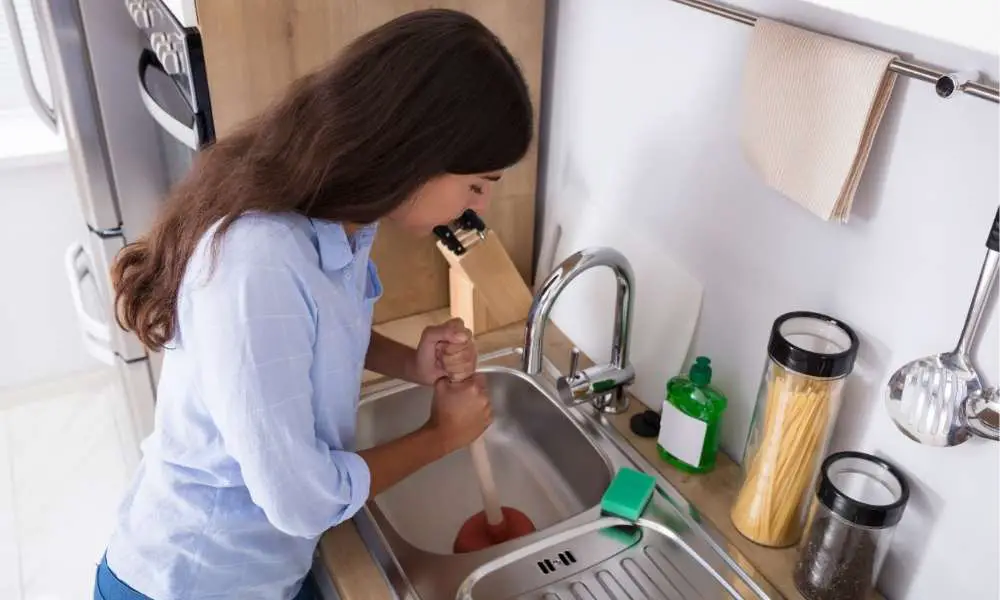
Introduction
 When it comes to household plumbing, the kitchen sink is one of the most frequently used fixtures. From washing dishes to cleaning produce, we rely on our kitchen sinks for daily tasks. However, just like any other plumbing fixture, kitchen sinks can experience clogs and blockages. When this happens, many people wonder if they can use a plunger to clear the clog. In this article, we will discuss the effectiveness and safety of using a plunger in your kitchen sink.
When it comes to household plumbing, the kitchen sink is one of the most frequently used fixtures. From washing dishes to cleaning produce, we rely on our kitchen sinks for daily tasks. However, just like any other plumbing fixture, kitchen sinks can experience clogs and blockages. When this happens, many people wonder if they can use a plunger to clear the clog. In this article, we will discuss the effectiveness and safety of using a plunger in your kitchen sink.
The Basics of Using a Plunger
 A plunger is a simple and effective tool for clearing clogs in drains and pipes. It works by creating suction and pressure to dislodge any blockages. The most common type of plunger is the cup plunger, which has a rubber cup attached to a wooden handle. To use it, you simply place the cup over the drain and push and pull the handle to create suction. This action can break up and clear minor clogs in your kitchen sink.
A plunger is a simple and effective tool for clearing clogs in drains and pipes. It works by creating suction and pressure to dislodge any blockages. The most common type of plunger is the cup plunger, which has a rubber cup attached to a wooden handle. To use it, you simply place the cup over the drain and push and pull the handle to create suction. This action can break up and clear minor clogs in your kitchen sink.
Can I Use a Plunger in My Kitchen Sink?
 The short answer is yes, you can use a plunger in your kitchen sink. However, there are a few things to keep in mind to ensure it is effective and safe to do so. Firstly, make sure to only use a plunger on a single-bowl kitchen sink. If you have a double-bowl sink, make sure to plug the other drain before plunging. Additionally, make sure there is enough water in the sink to create a seal around the plunger. If there is not enough water, you can add some to achieve a better seal.
The short answer is yes, you can use a plunger in your kitchen sink. However, there are a few things to keep in mind to ensure it is effective and safe to do so. Firstly, make sure to only use a plunger on a single-bowl kitchen sink. If you have a double-bowl sink, make sure to plug the other drain before plunging. Additionally, make sure there is enough water in the sink to create a seal around the plunger. If there is not enough water, you can add some to achieve a better seal.
When to Use a Plunger
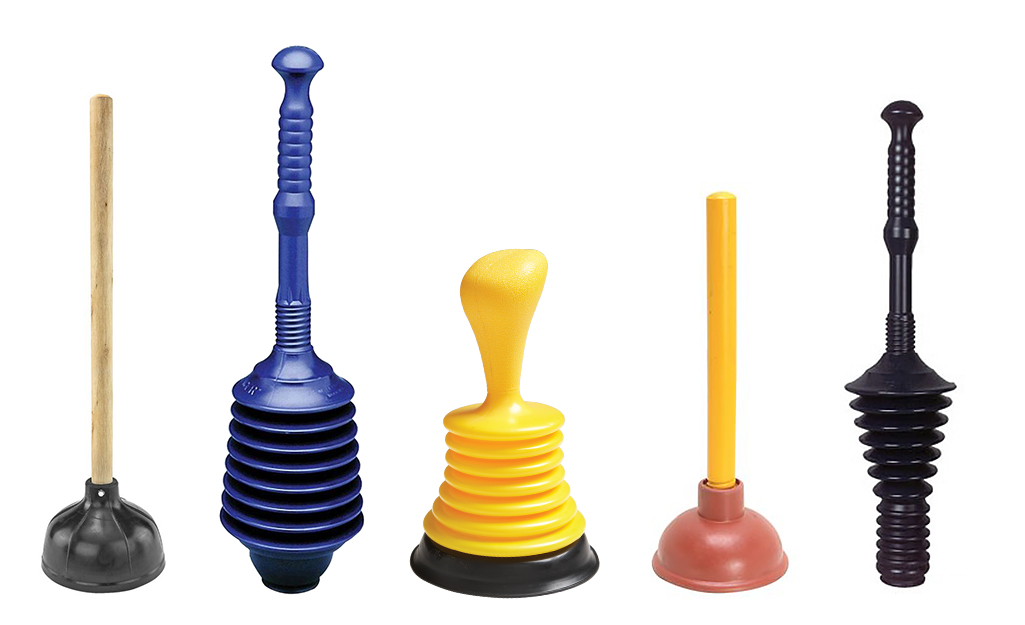 A plunger is best used for clearing minor clogs in your kitchen sink. If you notice that the water is draining slowly, or if you can see and reach the blockage, then a plunger can be an effective solution. However, if the clog is more severe, or if you have tried plunging and it has not worked, it may be best to call a professional plumber. They will have the necessary tools and expertise to clear the clog without causing any damage to your plumbing system.
A plunger is best used for clearing minor clogs in your kitchen sink. If you notice that the water is draining slowly, or if you can see and reach the blockage, then a plunger can be an effective solution. However, if the clog is more severe, or if you have tried plunging and it has not worked, it may be best to call a professional plumber. They will have the necessary tools and expertise to clear the clog without causing any damage to your plumbing system.
Safety Precautions
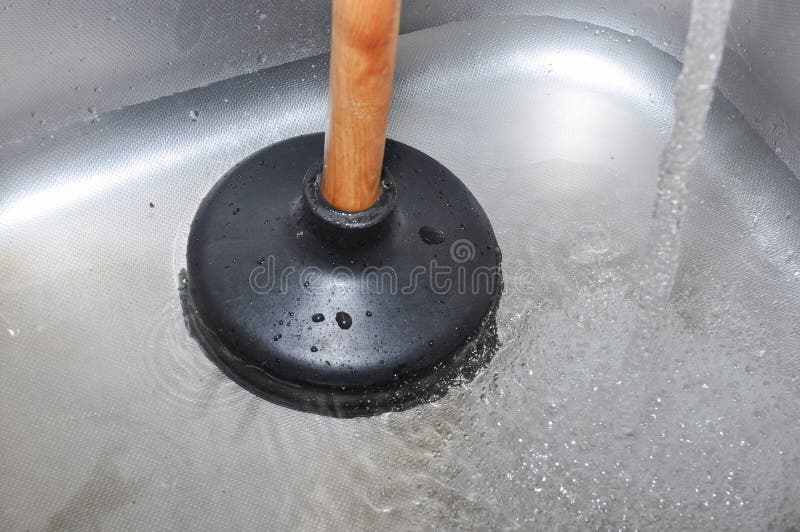 While using a plunger in your kitchen sink is generally safe, it is important to take some precautions to avoid any accidents or damage. Make sure to wear gloves and protect your eyes to avoid any splashing. Additionally, do not use a plunger if you have recently used chemical drain cleaners, as they can cause harmful reactions when mixed with the plunger's suction.
In conclusion, using a plunger in your kitchen sink can be an effective and safe solution for minor clogs. However, it is important to follow proper techniques and precautions to avoid any damage or accidents. If the clog persists or if you are unsure about using a plunger, it is always best to seek professional help. A well-maintained plumbing system is key to a functional and enjoyable kitchen, so make sure to take care of any clogs promptly.
While using a plunger in your kitchen sink is generally safe, it is important to take some precautions to avoid any accidents or damage. Make sure to wear gloves and protect your eyes to avoid any splashing. Additionally, do not use a plunger if you have recently used chemical drain cleaners, as they can cause harmful reactions when mixed with the plunger's suction.
In conclusion, using a plunger in your kitchen sink can be an effective and safe solution for minor clogs. However, it is important to follow proper techniques and precautions to avoid any damage or accidents. If the clog persists or if you are unsure about using a plunger, it is always best to seek professional help. A well-maintained plumbing system is key to a functional and enjoyable kitchen, so make sure to take care of any clogs promptly.




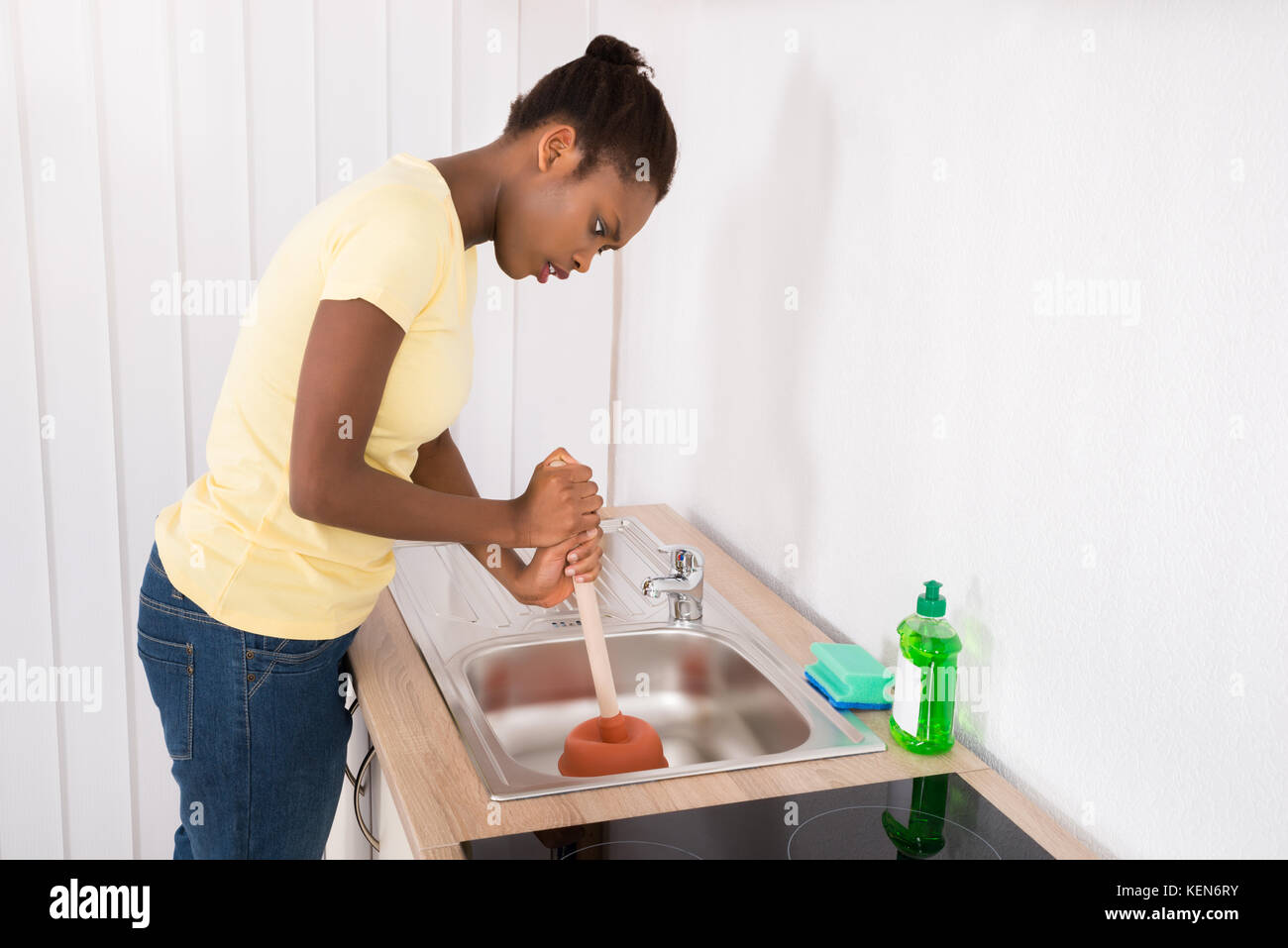



/woman-wearing-yellow-washing-up-gloves-to-unblock-sink-using-plunger-close-up-131987463-5887cfc03df78c2ccd92ec9e.jpg)









/woman-wearing-yellow-washing-up-gloves-to-unblock-sink-using-plunger-close-up-131987463-5887cfc03df78c2ccd92ec9e.jpg)




